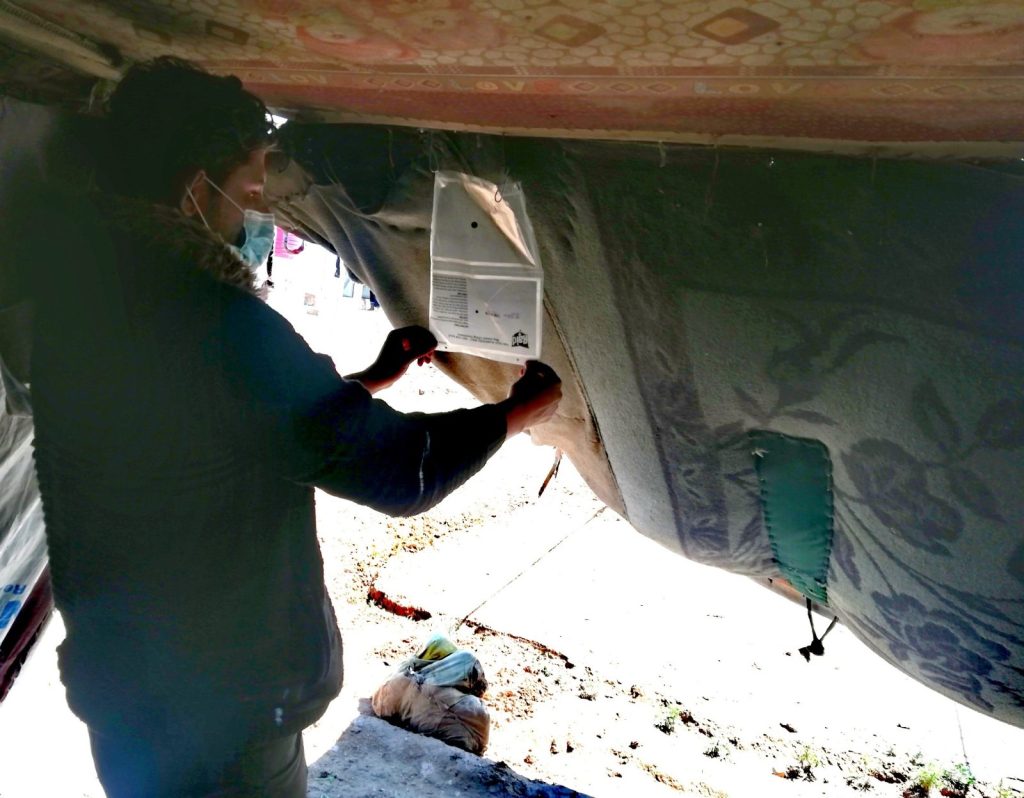In Syria, during the 14 years after the outbreak of civil war, 16.7 million people have been forced to flee their homes, of which 7.2 million remain internally displaced in 2025. Breakdown in waste management caused by aerial bombardment has created ideal conditions for cutaneous leishmaniasis (CL) transmission, vectored by phlebotomine sandflies. Displaced populations reside in flimsy shelters where conventional vector control tools are operationally unfeasible. A small, lightweight, portable transfluthrin-based spatial repellent (Mosquito Shield™) has been developed which may circumvent some of these logistical issues and provide improved protection from vector-borne diseases in harsh environments.
Publication
Enhancing protection against vector-borne diseases in forcibly displaced communities: evaluating the efficacy of spatial repellents for cutaneous leishmaniasis control in North-East Syria
- Richard Allan, Ramona Scherrer, Ozge Erisoz Kasap, Laura Paris, Thomas Scott, Hendrik Sauskojus, Olivia Wetherill, Sara Estecha-Querol, Zaid Alkhalaf, Mehmet Karakus, Ayda Yilmaz, Bülent Alten & Louisa A. Messenger

